Victorian furniture refers to the style of antique furniture that was made during the reign of Queen Victoria (1837 – 1901).
This was a time of great power and wealth for those in power with the British Empire expanding worldwide.
Victorian furniture is often revivalist in style, in that it adopts stylistic motifs from other periods, creating huge waves of revivals with nostalgic nods to the past.
Following on from the Georgian period, Victorian furniture pieces are valued for their opulence and elegance. Queen Victoria’s taste for grandeur shaped the period enormously, and grand and elaborate furniture was in fashion for much of her reign.
There is a rich variety within Victorian furniture designs, each piece having been influenced by its individual revival. Pieces can be identified by their iconic features which make them authentic to their time.
You can see this variety in the changes to Victorian period fireplace designs between earlier and later years.
In this article, we explore some of these different traditional styles and take a look at the key features you should look out for when purchasing Victorian furniture.
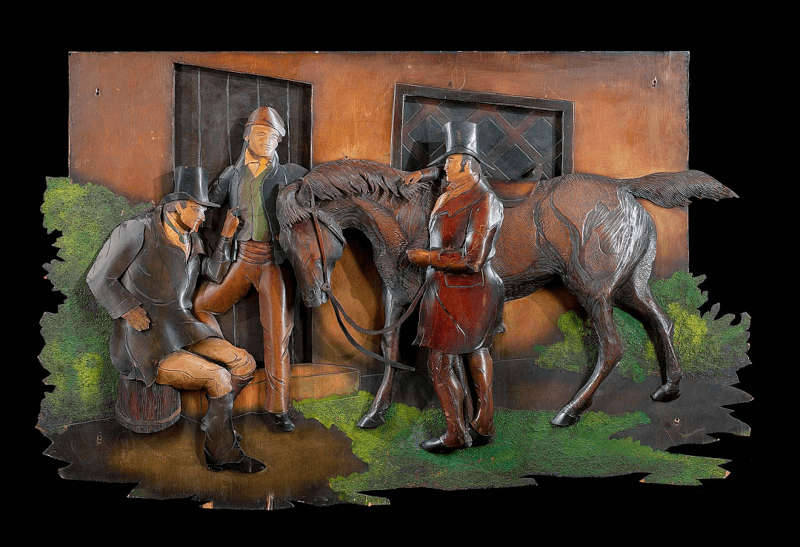
Victorian Styles
Gothic Revival
The gothic period covered the 12th to the 15th century, originating from French gothic architecture in the early 12th century.
You can see the heavy influence of medieval gothic architecture in the 19th century, with the Gothic Revival style imitating the castles and glorious cathedrals of Europe.
Victorian period Gothic furniture took on this style of detailed carving and geometric forms and became a popular aesthetic in the 19th century.
Intricate carvings mark out this style, with woods such as rosewood, oak and walnut used to craft the pieces. Heavy fabrics would often be used, like velvet or leather.
Designers favoured foliate motifs for ornamentation and would incorporate elements such as pointed arches, spires, quatrefoils, trefoils and crockets.
The below Victorian Fire Grate is typical of the Gothic Revival style with its pair of tall, ornate andirons and rope-twist bound foliate roundels:
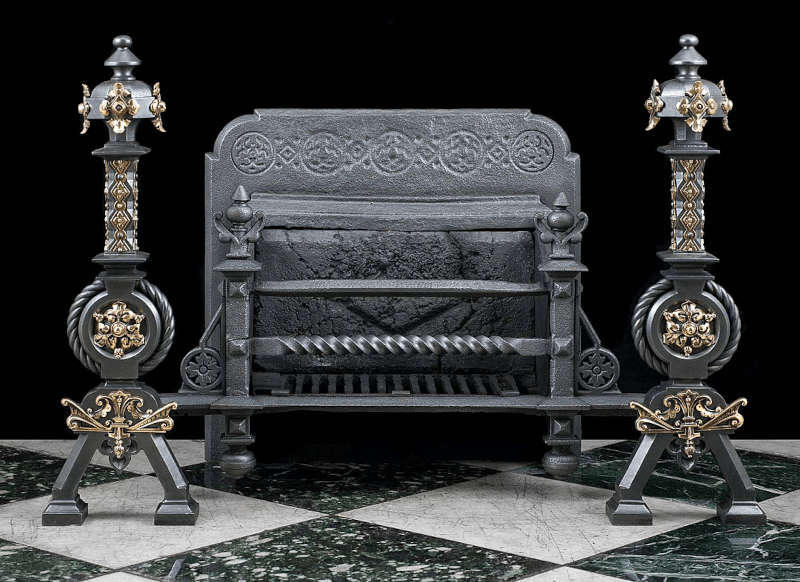
Jacobean Revival
The Jacobean Revival started in the 1870s and combined the trend for factory-made furniture with the Jacobean period.
The designs were adaptations of 17th century Jacobean strapwork, and the furniture details would be wide and flat, with ornamental moulding twisted into the designs.
Whatnots were popular pieces of this time, as were spindled chairs, circular tables and storage chests.
Fabrics were dramatic, with florals, nature scenes and rich patterns. But the overarching style of the Jacobean revival was rigid, solid-looking pieces with incised ornamentation.
See below a Jacobean Revival Oak Fireplace Mantel which demonstrates the ornamentation of this style, featuring a castellated shelf, a boldly carved leaf adornment, and a pair of caryatids on the jambs:
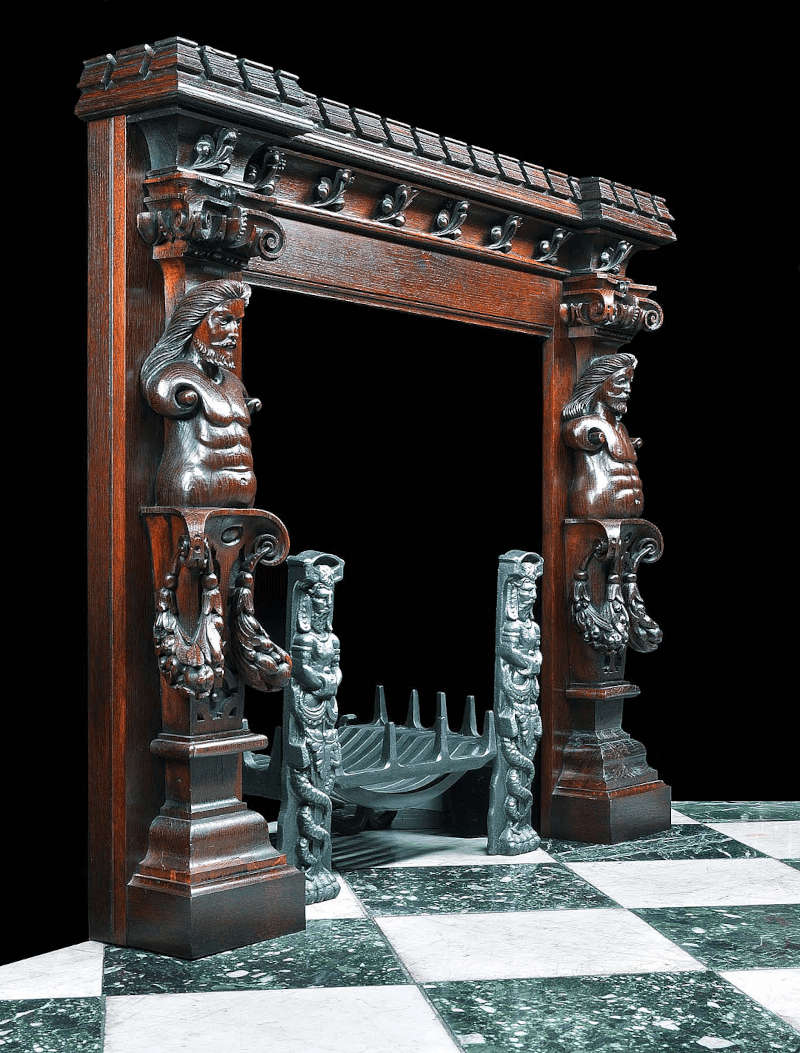
Rococo Revival
Born during the reign of Louis XV, the Rococo style represented an opposition to the classical forms of the Baroque style.
This high-style furniture of French influence is known for its love of the natural world, with flora, shells and fruit motifs.
The Rococo revival encapsulated the grandeur of the European style, an expression of 19th-century romanticism.
Rosewood and mahogany were favoured woods, and gold finishes were often applied to the furniture. A popular choice for the upholstery was tufting, and the pieces can often be identified by their curvaceous shapes and rounded corners.
Find below a Rococo Revival Overmantel Mirror currently stocked at Westland - its giltwood finish, high central cartouche, and large floral scrolls perfectly exemplify this style:
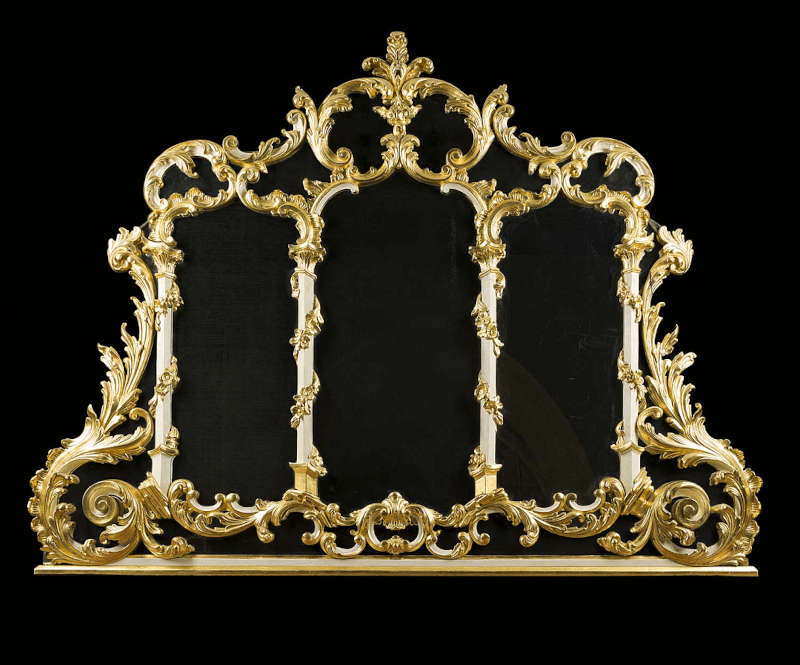
Renaissance Revival
By 1850, there was a resurgence in interest for classical and renaissance art, and the furniture of this time took on these influences.
Renaissance revival pieces are defined by bold features on heavy pieces of furniture, a contrast to the feminine elegance of the Rococo style.
It incorporated the use of masculine arches, animal and human figures instead of natural, floral motifs, and fluted legs that imitated ancient Greek columns.
This Renaissance Revival Walnut Chimneypiece is a fine example of the Renaissance Revival style of furniture, with its tapering, stop fluted columns:
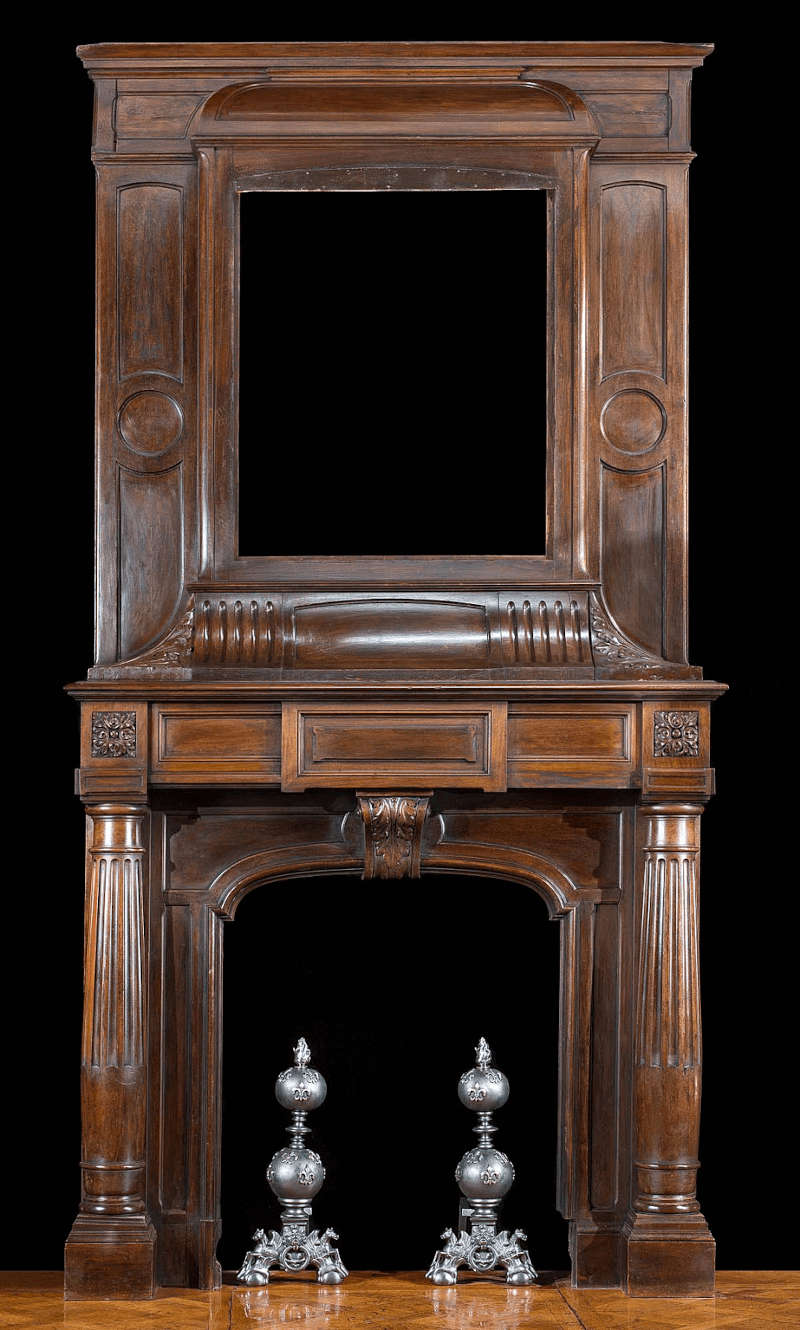
Arts and Crafts
The Arts and Crafts movement was one of the most significant new style movements of the 19th century.
Victorian era designers and furniture makers sought to move away from the increasing mechanisation of production and return to handmade items that weren’t elaborately adorned with unnecessary ornamentation.
Characteristics of the Arts and Crafts movement included simple designs, straight lines, and natural or neutral upholstery.
Arts and Crafts designers aimed to recapture the spirit of quality craftsmanship and developed a style to reflect these beliefs.
Makers and designers such as William Morris, Edward Barnsley and Phillip Webb are all names to look out for.
See below an Arts and Crafts Fire Grate in the style of Charles Voysey, another prolific Arts and Crafts designer:
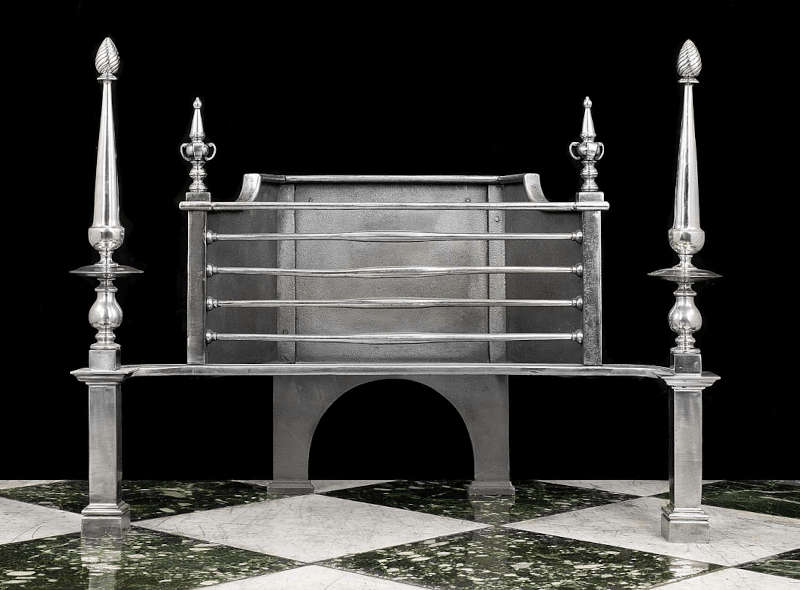
Overall Appearance
Victorian furniture is often perceived as a very formal style of furniture with elaborate detailing. The style can be seen as overly ornate, or dark, but many pieces of English 19th century furniture are far from it.
If you are looking for something a little less fussy, then provincial “country-style” Victorian furniture or the Arts and Crafts style is a good choice.
Veneer
Victorian furniture was often made using decorative veneers, such as mahogany. These beautiful grains were formed from wood that warped or curled, and these decorative pieces of wood would be glued to more stable wood for a stunning and durable finish.
When shopping for Victorian style furniture check that the veneer on the product you choose is in good condition, with no peeling, bubbling or loss, as it can be expensive to repair.
Purchasing Victorian Furniture
Look out for maker’s stamps or labels, as this can add provenance and value to your items. Good places to look are the drawers and the back of furniture - no matter whether it’s a large wardrobe, a small stool or anything in between.
Victorian furniture can often be very large, as it was made for rooms with generous proportions and high ceilings. Always measure before you buy!
Please don’t hesitate to get in touch with us if you’d like to know more about identifying a Victorian period fireplace or other Victorian furniture, or feel free to browse our collection.